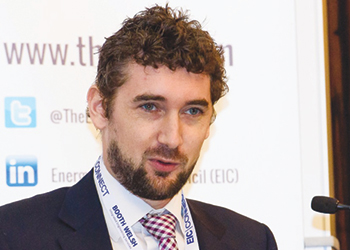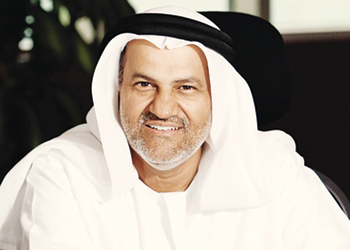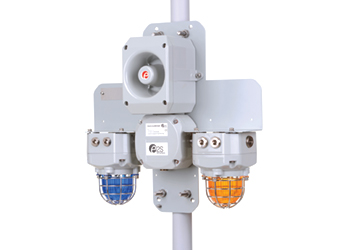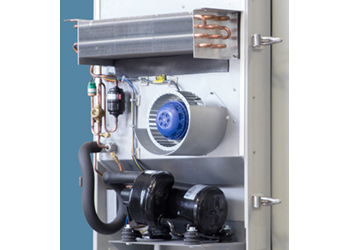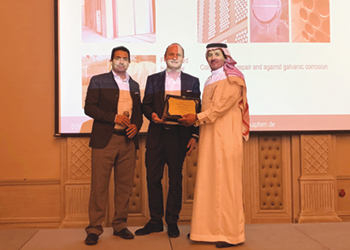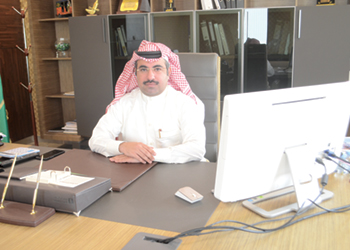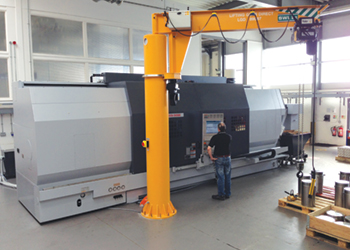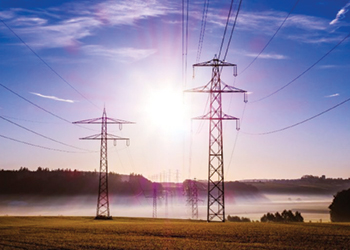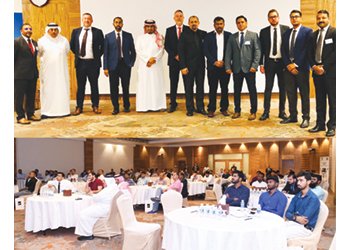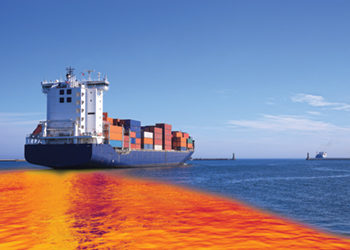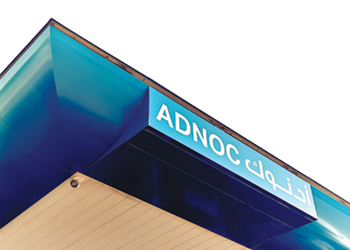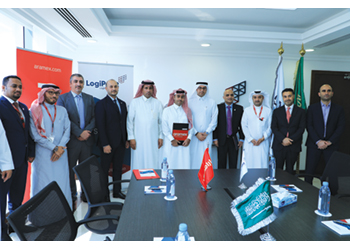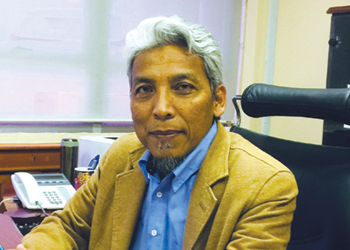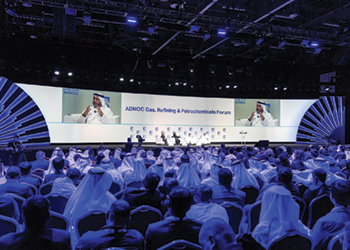
 Hviding ... prepared for large volumes of work
Hviding ... prepared for large volumes of work
Digitisation is at the heart of RESMAN’s current development. RESMAN tracer data can be loaded into production databases as well as geomodelling and reservoir simulation software environments for well and reservoir surveillance
Resman, a leader in well and reservoir surveillance and intelligent tracer systems, is poised to provide the largest and most advanced portfolio of tracer technology services in the industry today with its recent acquisition of Restrack, a tracer service provider.
In the Middle East, RESMAN is technically qualified with all the key operators in the region. In 2019, RESMAN and Restrack utilisation of services will be at its highest rate of adoption yet, asserts Gunnar Hviding, RESMAN CEO, who took over the reins of the company in March 2018.
In an interview with OGN, Hviding notes that RESMAN is now past the entrepreneurial phase and on a trajectory to grow rapidly in emerging areas such as Russia, Africa and the Middle East.
Excerpts from the interview:
You became the new CEO of RESMAN in March 2018. How have you settled into your new position and what changes have you made in the company to prepare it for further market adoption and growth?
When I joined as CEO, RESMAN had already established a reputation as a global reservoir surveillance company, rather than a North Sea tracer company. RESMAN is now past the entrepreneurial phase and on a trajectory to healthy growth in areas such as Russia, Africa and the Middle East. With offices positioned around the key oil and gas regions, I restructured RESMAN to be more scalable and prepared for larger volumes of work. Secondly, the internal procedures and processes have been industrialised and implemented to improve consistency and efficiency across all departments.
The company has expanded its tracer service offering through the acquisition of Restrack in December 2018. Can you explain the reasoning behind this and the additional value that the Restrack tracer services can provide?
RESMAN’s traditional inflow tracer is a product that can provide many different monitoring possibilities. However, we wish to enable our clients to achieve a full understanding of reservoir flow patterns. This involves supplying in-well and intra-well tracers for all phases, oil, water and gas. ‘Where is the production coming from, how efficient is the reservoir sweep and how can production be optimised ?’, are the key questions that need answering. We therefore acquired Restrack which has over three decades of experience in inter-well tracing and more recently in measuring residual oil saturation around the near well-bore and connectivity between wells. The combined companies provide the largest and most advanced portfolio of tracer technology services in the industry today.
 |
Inflow profile |
What is RESMAN’s global track record and in particular the adoption in the Middle East?
RESMAN has monitored over 600 production wells globally to date. Primarily installed in new wells, in a plethora of open-hole completions and cemented-liner completions, it can function under harsh conditions such as HPHT (High-Pressure, High-Temperature) and even acidising stimulation. In the Middle East, RESMAN is technically qualified with all the key operators in the region. In 2019, RESMAN and Restrack utilisation of services will be at its highest rate of adoption yet.
What R&D projects are RESMAN tackling, to address industry challenges in reservoir surveillance?
RESMAN has worked on developing a gas inflow monitoring solution (RES•GAS). It is currently being piloted to test and verify performance under different field conditions and monitoring objectives.
Data liberation and accessibility are important in today’s oil field operations. How is tracer data being included and used in an operator’s data work streams?
Digitisation is at the heart of RESMAN’s current development. RESMAN tracer data can be loaded into production databases as well as geomodelling and reservoir simulation software environments for well and reservoir surveillance. Making the tracer data available in the toolss our clients are using, when they need it, is our focus. Correlating the tracer data with other production and reservoir data will unlock the full potential of our tracer technology, in understanding the underground flow patterns, improving history matching, unlocking EOR (enhanced oil recovery) potential and giving decision support.
In the Middle East region, how do you view the past, present and future adoption of tracer technology?
I have spent the last few decades involved in promoting new technology for production optimisation and reservoir management. The Middle East region and Saudi Arabia in particular has always been a forward-looking market. Historically, Saudi Arabia for example has been just as willing to adopt new technology as the operators in the North Sea. Tracer technology has been used for decades in logging tools and inter-well tracing using radioactive sources. The technology has evolved considerably towards organic tracers. RESMAN’s advances in pico detection (1,000 times less than nano) methods also allow us to supply the tracers with a minimal CO2 footprint, helping the industry to meet its sustainability goals.










































































